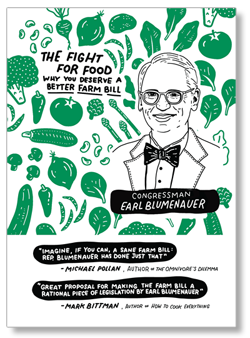Where are we on menu labeling?
At the moment, we are on track to have the long-delayed calorie labeling on menu boards by May 2018.
The FDA has just issued draft guidance on how to do it.
Recall that menu labeling was authorized by the Affordable Care Act of 2010, but the FDA delayed it until May 2017 and the Trump administration delayed it again for another year.
Why? Lobbying by everyone affected by it, but particularly by trade groups for movie theaters, grocery stores, and pizza places.
FDA Commissioner Scott Gottlieb issued a statement listing the agency’s compromises for these groups:
We’ve heard the [industry’s] concerns, took them to heart, and are responding with practical solutions to make it easier for industry to meet their obligations in these important public health endeavors.
For instance, some store owners asked us whether posters, billboards, coupon mailings, and other marketing materials would meet FDA’s definition of a menu that would be required to include calorie information. Our new draft guidance explains that these materials are not considered menus under our regulation and do not require calorie counts.
Supermarket and convenience store managers with self-service buffets or beverage stations asked whether they needed to have an individual sign next to each item with a calorie declaration. While this is one way to comply with the regulation, our draft guidance offers other practical ways to post calories for multiple items on a single sign. For instance, a single sign posting that is visible while consumers are making their selection is one way to comply that may provide additional flexibility for some establishments.
Pizza delivery chain owners told us they were struggling to develop menu boards reflecting the thousands of topping combinations people might want on their pizza, so we provided several new examples for how to do this to help them comply with the law’s plain language.
For some segments of the industry, these compromises are not enough.
According to Politico, a spokesman for the National Association of Convenience Stores (NACS) complained that the new guidelines do
nothing to pull down the barriers to compliance that have retailers facing extraordinary costs, uncertain enforcement and frivolous lawsuits…The failure of FDA’s latest menu-labeling ‘guidance’ to address the concerns of NACS and others has left even the agency confirming that Congress must step in to fix its one-size-fits-none mess.
Such groups must think that menu labeling will discourage sales of high-calorie items. Good. That’s their point.




